One of things we look forward to the most about WatchTime New York each year is getting to work with the independent brands that aren’t always visible to the horological mainstream. From an American watchmaking rockstar hell-bent on returning Pennsylvania to its former horological glory to a Finnish luminary operating at the peak of his powers, we welcomed more independents than ever before to Gotham Hall this year. Here are five of our favorite watches from these autonomous brands that we saw at WatchTime New York 2017.
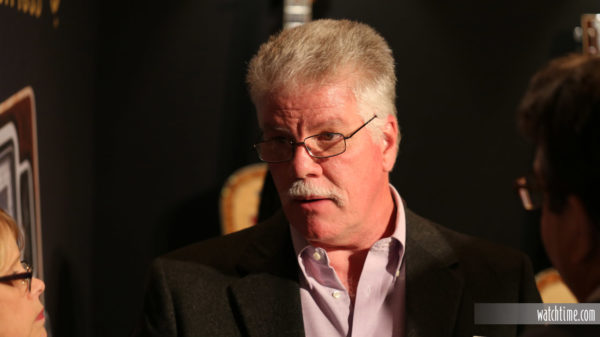
The signature feature of Romain Gauthier’s Insight Micro Rotor — its bidirectional 22k gold micro-rotor – is visible both from the dial side and from the back. Rotating smoothly and silently and positioned between two bridges, this compact oscillating mass winds a double mainspring barrel to store an impressive 80 hours of power reserve. The barrels are series-connected in order to supply a more constant flow of power to the regulator. The time is displayed on two off-center, overlapping subdials, both made of oven-fired enamel on an 18k gold — one for hours and minutes, the other for small seconds. Also showcased on the front of the timepiece are the movement’s balance, at 6 o’clock, which beats at a frequency of 28,800 vph; the circular cutout in the movement mainplate that frames the swaying micro-rotor; and a golden plaquette engraved with the Romain Gauthier “RG” logo. All of these elements are surrounded by curving, hand-beveled bridges that echo the contours of the 39.5-mm case, and covered by a bombe sapphire crystal that rises gradually toward 12 o’clock before steeply dropping again. The back side of the watch is also dynamic, with the micro-rotor visibly setting into motion the gear train, starting with the reversing gear that controls the bidirectional winding mechanism. Also eye-catching are the beveled, circular arms of the gears and ratchets; the hand-made hand-polished bevels of the bridges; the countersinks for the movement’s 28 jewels, which are fixed in place by Romain Gauthier’s signature screws with “S”-shaped slots; and the linear plaquettes adorning the curvilinear-shaped bridges. The Romain Gauthier Insight Micro-Rotor is available with either a rose-gold (pictured, with oven-fired blue enamel dial) or platinum case, with enamel dial options of white, black, or blue, each a limited edition of 10 pieces. Prices in Swiss francs range from CHF 75,000 to CHF 88,000.
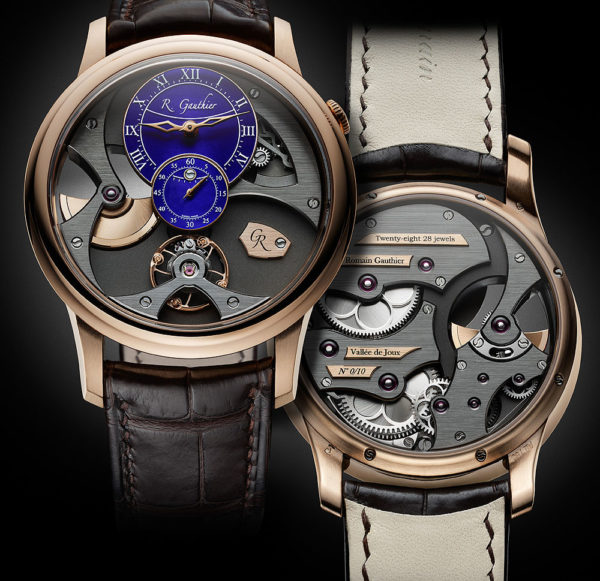

Like other exceptional pieces by Kari Voutilainen, the Voutilainen 28 R12 features a movement designed, built, assembled, and finished entirely in his workshop in the Swiss Jura. The movement, which measures 30 mm in diameter and 5.6 mm thick, is distinguished by its very large (13.6 mm diameter), in-house-made balance wheel, which allows the watch’s timekeeping precision to be regulated within very strict tolerances. Voutilainen also uses a rare balance-spring system in which the exterior uses a traditional Phillips overcoil while internal curve uses a much lesser known Grossman curve. This watch’s movement is the first to employ two escapement wheels in this specific configuration, which is designed for the wheels to deliver a direct impulse to the balance through the impulse roller/jewel. According to Voutilainen, this system makes the escapement extremely efficient and requires less energy than a traditional lever escapement, thus conferring benefits in terms of longevity and stability to the watch for day-to-day use. The movement’s balance wheel bridge is designed to offer an unimpeded view of the escapement and balance through the sapphire caseback. The mainplate and bridges are made of German silver and finished by hand, while the wheels, whose surfaces are completely flat and polished to within highly uniform tolerances, are made from materials including rose gold, German silver, and steel. A power-reserve indicator, displaying the state of the watch’s 64 hours of running autonomy, is integrated into the mainplate and incorporates a planetary wheel with satellite wheels. That power-reserve indication appears on the watch’s dial at 12 o’clock, with a small hand sweeping over a semicircular subdial reading “UP” to “DOWN” with fractional increments in between. The dial is made of silver and sports an eye-catching engine-turned finish, along with gold applied numerals and gold hands. The case — made of white gold, including the crown, and measuring 39 mm in diameter and 11.5 mm in thickness — is mounted on a hand-sewn crocodile leather strap with an 18k gold buckle.
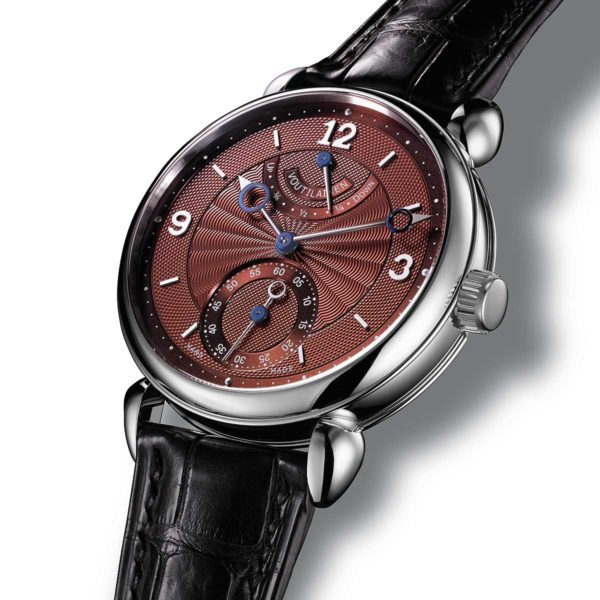

Speake-Marin released two new watches this year into its J-Class collection and both are fairly simple to tell apart. The watch dubbed the One is in an 18k rose gold case; the Two features a grade 5 titanium case. Both are available in two case sizes — 38 mm diameter and 42 mm — and are distinguished by their highly skeletonized dials that put the micromechanical vista of the new movement, Caliber SMA01, on full display. Speake-Marin says that the development of this in-house movement, the first to be used in the J-Class collection, required many months from the design stage to the manufacturing process. The Speake-Marin watchmaking team kept the movement slim by using a micro-rotor to wind the mainspring and positioning it flush with the bridges. Assembled entirely by hand and possessing a fully wound power reserve of 52 hours, Caliber SMA01 carries a COSC chronometer certification, testifying to its timekeeping precision and reliability. The case is an evolved version of Speake-Marin’s hallmark “Piccadilly,” engineered for a slightly more technical look. The shorter lugs allow the strap to be integrated more closely into the case, and the crown has also been moved closer to the case middle. The bezel and the caseback now slightly overlap the central case section, and the sapphire crystal over the dial is now a box form, further reducing the overall thickness of the case. Both the front and back crystals, the latter offering a rear view of the movement, are treated with nonreflective coating. The openworked dial, swept over by Speake-Marin’s distinctive hands, is bereft of numerals except for the ones on the small seconds subdial, placed uncharacteristically at the 1:30 position to create a visual balance with the dial-side rotor and mainspring barrel.
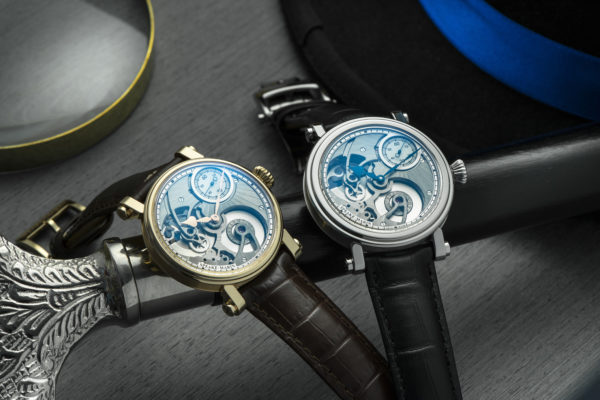
Check out more scenes from WatchTime New York here.

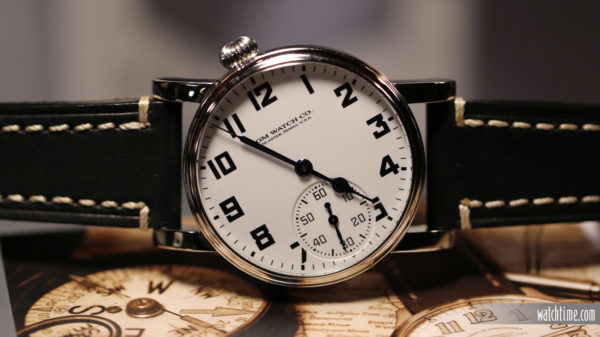
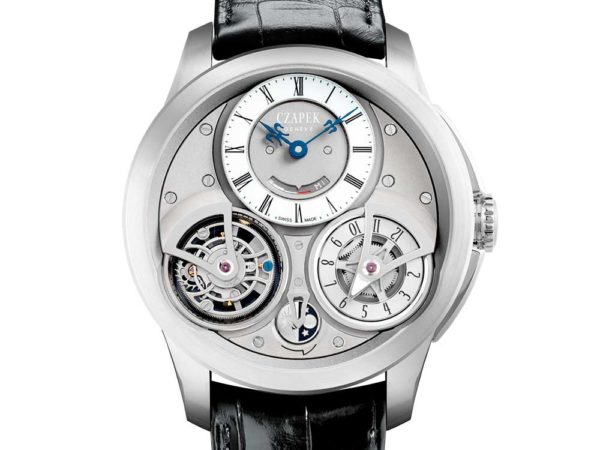
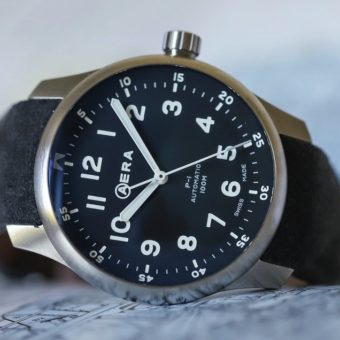
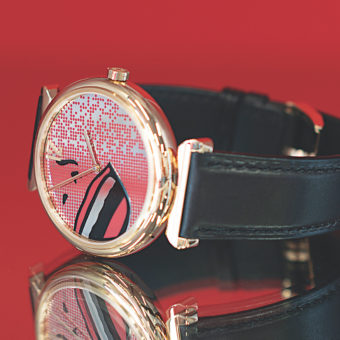
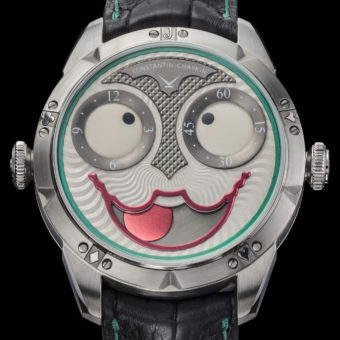



Very interesting article. Thanks. Good information about the innovations these brilliant men are bringing to horology.